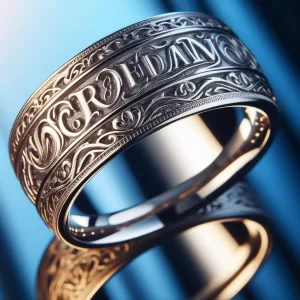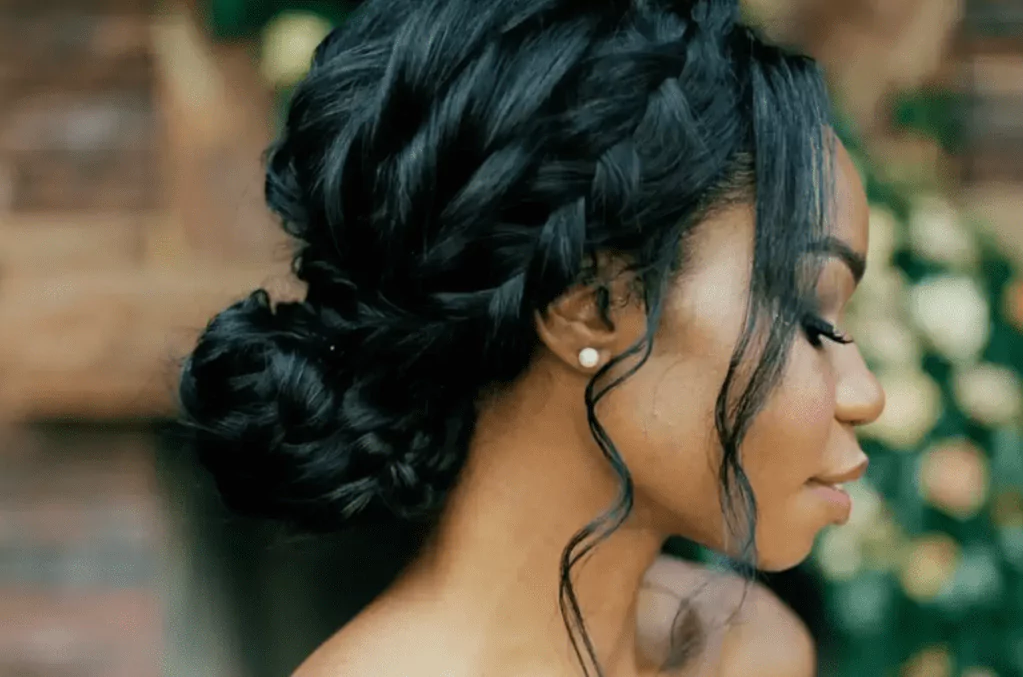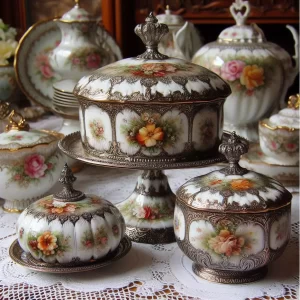Sindhi Wedding ceremony Rituals

Indian society and heritage upholds the sanctity of the institution of relationship with the richness of its traditions. Through innumerable generations, the nuptial knot has outlined the extremely thought of ‘family’ in Indian lifestyle and social communities. Marriages in India not only depicts the mere union of the bride and the groom, but also communion of their souls. Matrimony stands for the virtues of religion, have faith in and loyalty.
The situation is so celebrated and jubilated by the near and distant kinfolk of the concerned family members. It is an function of wonderful gaiety and frolic.
Originally hailing from the Sapt Sindhu, the space of the Sindhu River, Sindhi persons are generally Sanatani Hindus and do not follow Hindu rites strictly. Sindhi weddings are mostly primarily based on Vedic rites. Sindhi marriage ceremony rituals reflect the glimpses of Hinduism and Sufism. Their marriages are commonly a lavish affair, characterised by good pomp and demonstrate. In the group, there are unique clergymen acknowledged as Mehraj, who focus in matchmaking and a Guryanni, who is entitled with the endeavor of carrying the horoscopes of eligible boys and women in just the local community.
Sindhi weddings are commonly performed on an auspicious day like the Satyanarayan Chandsi or the New Moon day. The gaiety and frolic starts in just the family members right away just after the people of the potential bride and groom concur to their union. Sindhi weddings exemplify intense grandeur and magnificence.
Sindhi marriage ceremony rituals comprise of fascinating pre wedding, marriage ceremony and write-up wedding customs. The pre-marriage rituals of Janya, Kachchi Misri, Pakki Misri, Berana satsang, Mehendi, Santh, Saagri custom and Ghari Puja established an environment of merriment and celebrations.
These customs are succeeded by the Thread Ceremony, wherein turmeric powder and oil is applied to the Sindhi bride and groom in their respective houses. From then onwards, they are not allowed to move out of the home. This is adopted by the regular Swagatam custom, wherein the groom is led to the bride’s location. At the house entrance, the bridegroom spots his appropriate foot on the leading of the bride’s foot. This gesture signifies his dominating toughness. Thereafter, he enters the bride’s property. The bride’s brother washes the bride and the groom’s toes with milk and water, thinking about the groom to be a type of Lord Vishnu.
Hathialo custom then follows whereby the groom’s scarf is tied to the bride’s sari right after which the marriage ceremony follows. The bride and the groom acquire 4 rounds close to the sacred fireplace while the priest recites verses from Holy Scriptures.
The groom requires the bride’s hand to his forehead. This gesture signifies that he accepts her as the superior 50 % of his daily life. The heads of the bride and groom are then held together. It signifies that from now on, they are 1 in system, head and spirit.
The Sindhi wedding is culminated by observing the ritual of Kanya Daan, whereby the bride’s dad and mom hand her around to the groom.
Publish wedding day customs of Vidai, Datar, Chanar/Dev Uthana, Sataurah more amplify the resplendence and flamboyance of the relationship ceremony.
Relationship consequently is ritualistically carried out in the Sindhi group as a single of the most sacred and solemn customs of their sect.








